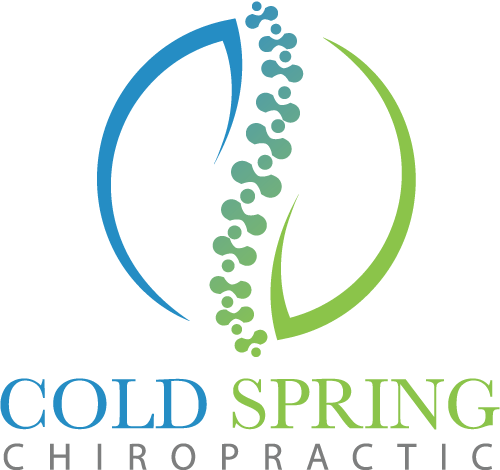Frozen Shoulder
Also known as Adhesive capsulitis is due to stiffness and pain in the shoulder joint that restricts range of motion in the shoulder in all directions. This can be due to multiple factors in the shoulder such as calcifying tendonitis, bursitis, and rotator cuff tears. After and exam to rule in or out which factors are contributing to the frozen shoulder a care plan will be established with use of Active Release Technique Graston Technique and Cold Laser therapy.
Bursitis
Bursas are fluid filled sacs that serve as lubricants for the shoulder to resist friction and pulling of the muscles around the joint. The subacromial and subscapular bursa play an important role for the shoulder and improve the motion without any stress on the tendons. When these bursas become inflamed they can cause pain. The best way to remove inflammation in our office is the use of Cold Laser therapy.
Labrum Strains
The labrum is the deepest ligament in the shoulder. The body uses the labrum to allow the glenoid socket to maintain stability for this ball and socket joint which has a shallow depth. When this joint becomes separated it pulls on the labrum and stretches it too far and strains the labrum. To get this deep Active Release Technique, Graston Technique and Cold Laser therapy must be combined.
Degenerative Arthritis
As you age the body tends to break down and overuse of a muscle tends to lead to degeneration of the muscle. Degenerative arthritis, also known as osteoarthritis and also degenerative joint disease, can occur in not only older people but younger people also due to the overuse. To stop the wearing down of this joint a combination of therapies may be involved to get the best result and depending on where the degeneration is taking place.
Overuse Injury
Overuse injuries in the shoulder can occur with repetitive motion to the area. People who work with their arms multiple times a day are prone to overuse shoulder injuries, such as baseball players or hairstylist. As these tendons become worked the muscle lays down scar tissue, which limits the motion to the area and cause pain and loss of range of motion. Active Release Technique and Graston Technique was developed to help break down the scar tissue being laid down.
Rotator Cuff Strains
The rotator cuff is made up of four different muscles and tendons that connect and keep your arm in contact with the shoulder socket. These four muscles allow you to raise and rotate your arm in four different motions. These motions include abduction (away from your body), external rotation and internal rotation. The supraspinatus is the most common muscle that becomes strain and is involved in abduction motion of the shoulder. The infraspinatus, which allows you to externally, rotate and extend your shoulder. The teres minor muscle, allows you to rotate the arm away from your body. Lastly, subscapularis allows you to internally rotate your arm and helps you lower your arm. Rotator Cuff Strains can be treated with Cold Laser Therapy, Active Release technique, Graston technique and Kinesiotape.
Shoulder Impingement
Also known as swimmer’s shoulder is pain usually found between the acromion and the humeral head of the arm. As you raise the arm the tendons or bursa have inflamed and thus cannot raise the arm as high as you may want to. This can be a combination of tendonitis and bursitis and sometimes both are involved. The key treatment for removing the inflammation is Cold Laser therapy, combined with Active Release technique and Kinesiotaping
Tendinosis/Tendonitis
Tendonitis is inflammation of the tendons. Tendinosis occurs when there is repetitive trauma to the tendon and failed healing occurs. These tiny tears through repetitive motion to the area fails to heal correctly and the muscle tendons lose their collagen fibers and they no longer link together. The easiest example to think of is failed links in a chain. Tendinosis can occur without the presence of inflammation. When tendonitis is present the reduction of inflammation is key so treatment with Cold Laser Therapy is imperative. When tendinosis is present only Active Release Technique, Graston Technique and Kinesiotaping can help. Tendonitis treatment usually can take up to 6-8 weeks of treatment. Tendinosis is a chronic injury and can take up to 3-6 months of repair as it takes 100 days to rebuild the collagen in the muscle tendons.

